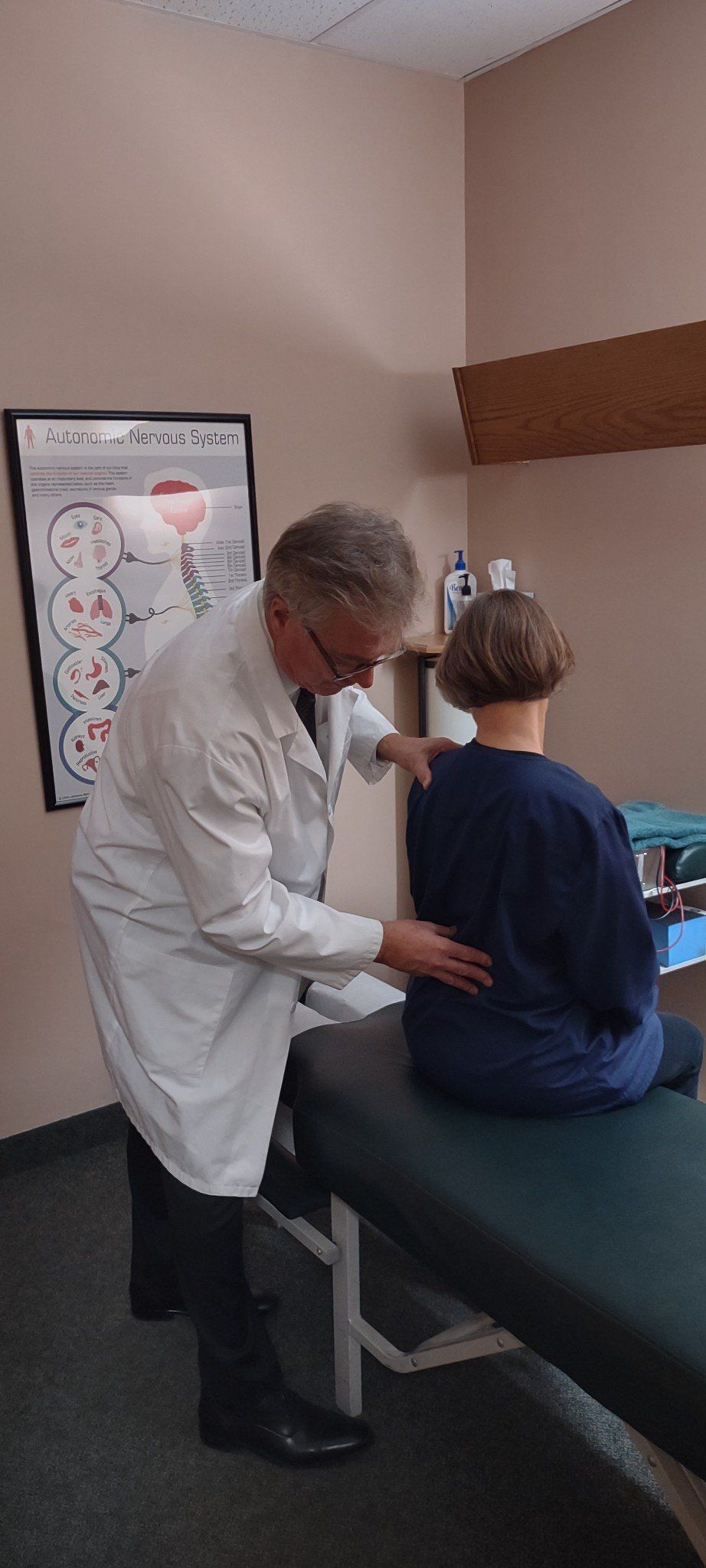Back Pain
We associate the neck and upper back together because most of the muscles associated with the neck either attach to or are located in the upper back. These muscles include the trapezius, the levator scapulae, the cervical paraspinal muscles, the scalenes, and others. Most upper back pain is caused by a combination of factors, including injury, poor posture, chiropractic subluxations, stress, and in some instances, disc problems. Call us today for service in Shoreview, Minnesota, to schedule an appointment.
Subluxations in the upper back area are extremely common due to the high degree of stress associated with holding up your head, coupled with the high degree of instability in the cervical spine. Most subluxations tend to be centered around four areas: the top of the cervical spine where it meets the skull; in the middle of the cervical spine where the mechanical stress from the head is the greatest; in the transition where the cervical and thoracic areas of the spine meet; and in the middle of the thoracic spine where the mechanical stress from the weight of the upper body is greatest.
When most people become stressed, they unconsciously contract their muscles. In particular, the muscles in their back. This 'muscle guarding is a survival response designed to guard against injury. In today's world, where we are not exposed to physical danger most of the time, muscle guarding still occurs whenever we become emotionally stressed. The areas most affected are the muscles of the neck, upper back, and lower back. For most of us, the muscle affected by stress is the trapezius muscle, where daily stress usually leads to chronic tightness and the development of trigger points.



